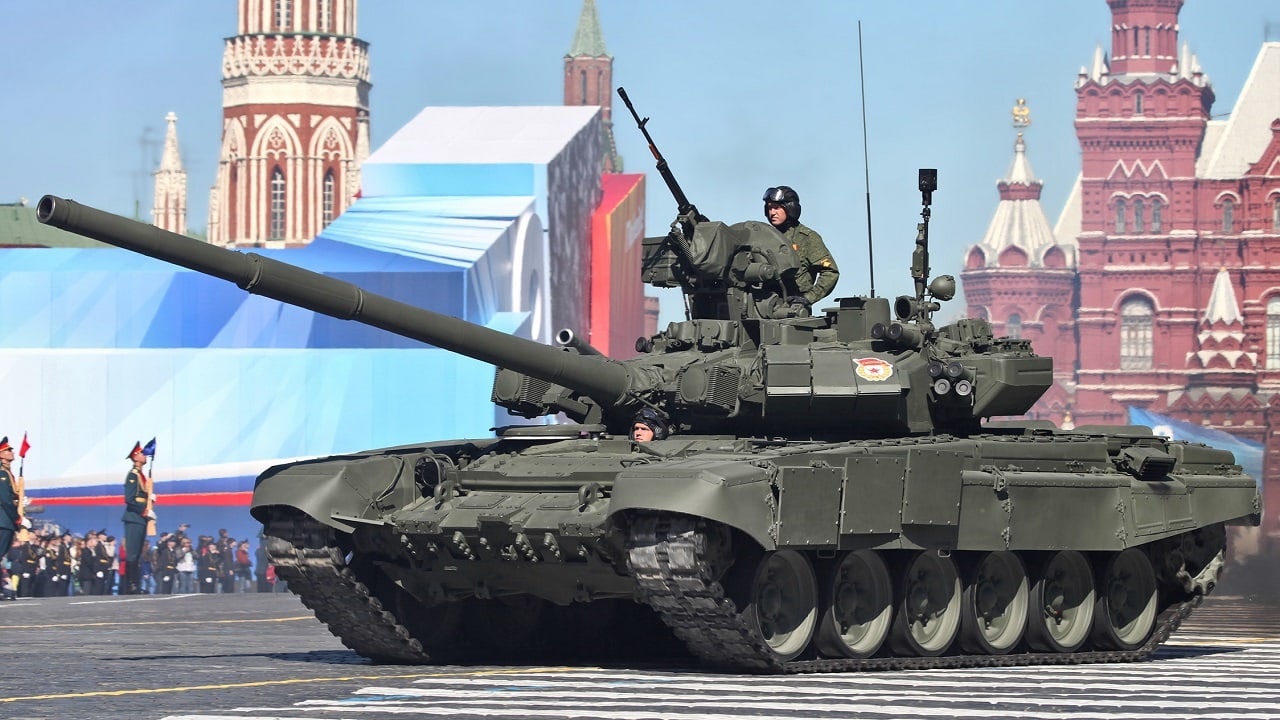Ruble Regains Value – But It’s Not All Good News – The value of the Russian ruble increased in recent days after plummeting to record lows in the wake of the Russian invasion of Ukraine. Sanctions placed on Russia’s financial institutions worsened the situation, plummeting the currency to a record low of 110 to the dollar by the beginning of March.
Since then, however, the ruble has rebounded and was even one of the world’s top-performing currencies last month.
“The severity of international sanctions in response to Russia’s military invasion of Ukraine has heightened macro-financial stability risks, represents a huge shock to Russia’s credit fundamentals and could undermine its willingness to service government debt,” rating agency Fitch explained in a report.
Just days ago, the ruble reached a two-month high, suggesting that to some extent Russia has kept as much of the currency in the country as possible.
So why is the ruble increasing in value?
It’s all a result of artificial measures designed to save it.
Russia Props Up Ruble
The Russian ruble is recovering in part because Western sanctions are not entirely effective. While the United States has sanctioned Russian oil and gas, most European Union countries are still importing fuel from Russia owing entirely to the fact that these countries are dependent on Russian energy. At present, there are no alternative suppliers of oil and liquefied natural gas that European countries can easily purchase from.
What’s more, many of Russia’s biggest buyers of fuel are not NATO countries, and both India and China continue to purchase huge quantities of oil and gas from the country.
For this reason, the Russian economy is staying just about afloat.
Then there’s the Central Bank of Russia’s decision in late February to increase interest rates to 20% – a measure designed to stop Russians from selling their rubles for euros or dollars, and to keep rubles in Russian banks. The interest rate was dropped slightly to 17% in recent days, though it is still substantially higher than the 9.5% interest rate pre-invasion.
Beyond increasing the interest rate, Russia also prevented its own citizens from making foreign transfers and selling rubles for foreign currencies, and even stopped Russian brokers from selling any securities owned by non-Russians. All of these measures combined form an effective strategy to keep rubles in the country and maintaining as high a value as possible.
Russian Prices Rising Rapidly
While the ruble’s artificial recovery continues, that hasn’t stopped the cost of food and consumer goods rising dramatically in Russia.
Between February 26 and March 4, weekly inflation hit 2.2% in Russia, according to the Russian Economy Ministry. It’s the largest increase in prices over a seven-day period since 1998 – a time of economic crisis following the dissolution of the Soviet Union.
Inflation rose by 9.2% in February on an annual basis, and by 14.5% in March.
The ruble may be stabilizing to some extent, but economic crisis looms for Russia as citizens are forced to pay increasingly high prices for food and consumer goods.
Jack Buckby is a British author, counter-extremism researcher, and journalist based in New York. Reporting on the U.K., Europe, and the U.S., he works to analyze and understand left-wing and right-wing radicalization, and reports on Western governments’ approaches to the pressing issues of today. His books and research papers explore these themes and propose pragmatic solutions to our increasingly polarized society.

